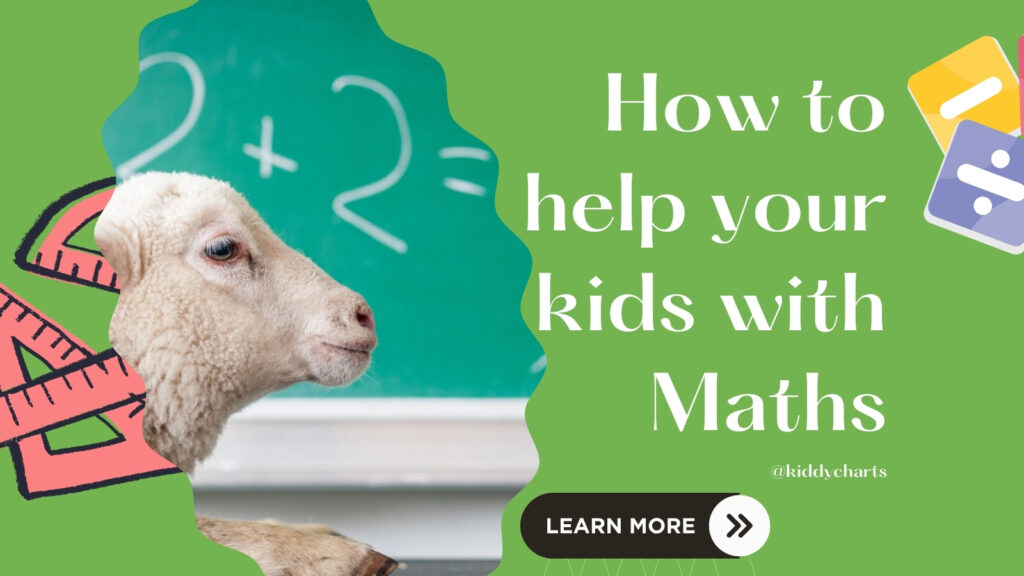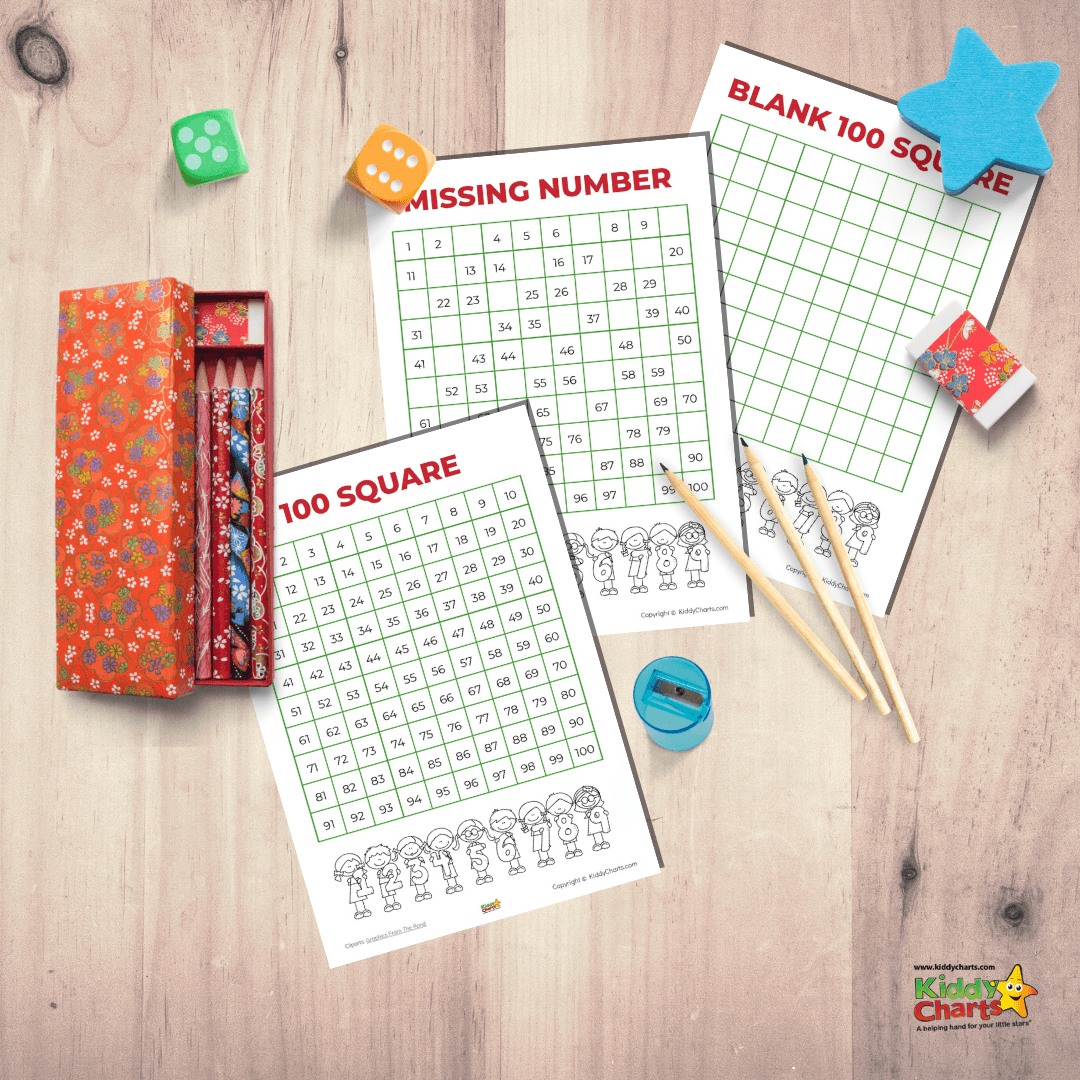Middle and high school math can have both your face and your kids’ faces scrunch up in confusion and frustration. But, with a bit of positive attitude and openness to learning, you can show your young students that math in middle school and beyond is not scary nor difficult.
In today’s guide, we’ll share a few tips that will help you and the kids demystify complex problems, make math fun, and develop powerful life skills along the way. So roll up your sleeves – it’s time to become the supportive co-pilot in your child’s mathematical journey!
This is a collaborative post.


1. Start with the behind the scenes
Kick things off by taking a deep dive into the ‘how’ and ‘why’ behind math problems. Math isn’t about memorizing formulas (even though formulas are necessary). If you learn to see and understand the logic that powers said formulas you’ll feel like discovering a hidden secret.
To understand where your young mathematician(s) needs help figuring out the logic behind concepts, encourage them to verbalize their thought process. Let them describe how they see the problem in their own words. This method also helps solidify their own comprehension.
Lastly, welcome math questions of any kind and make sure to provide well-thought-out answers. By fostering an environment where questions are celebrated, you’re encouraging kids to be curious, and their interest in the subject may develop over time.
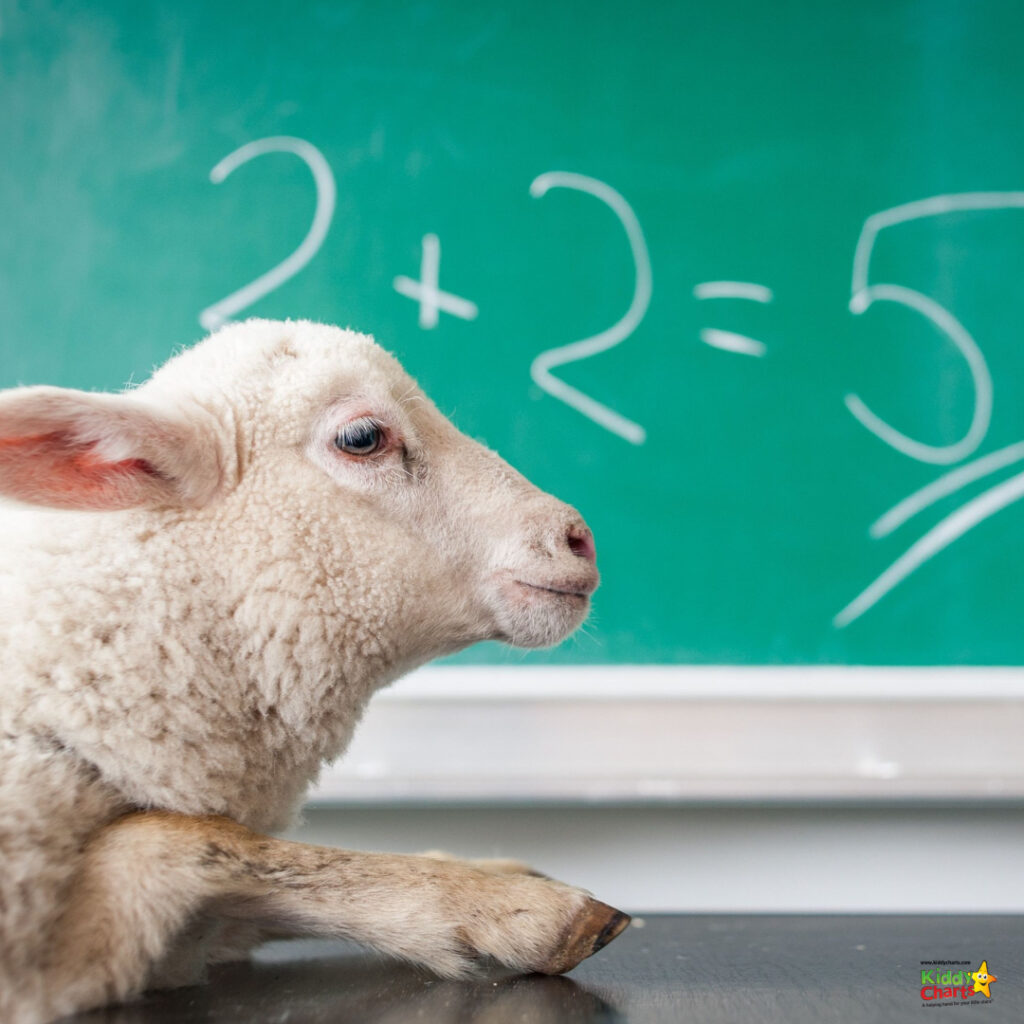
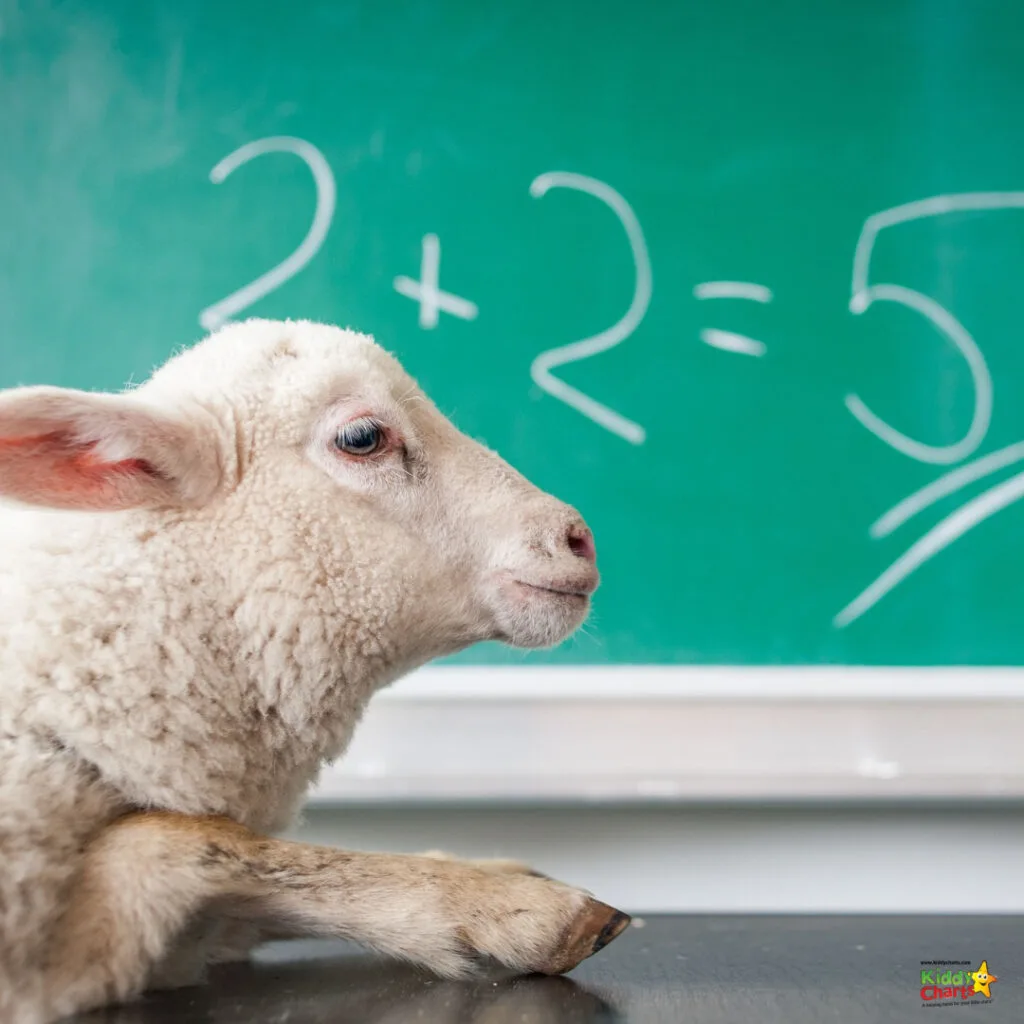
2. Encourage them to try out different methods
When you guide your kids behind the scenes of formulas, you help them uncover a plethora of methods that make math learning fun. These methods are nothing more than different strategies designed to help young learners peek behind the curtain from different angles.
Take the Least Common Multiple (LCM) method, for example. This method provides guidance for finding the least common multiple and helps students tackle problems with unlike denominators or synchronize events in algebraic equations.
Then there’s the area model, which helps kids visualize difficult multiplication operations. This clever technique breaks up larger problems into smaller, more digestible chunks and shows you the solution through simple addition.

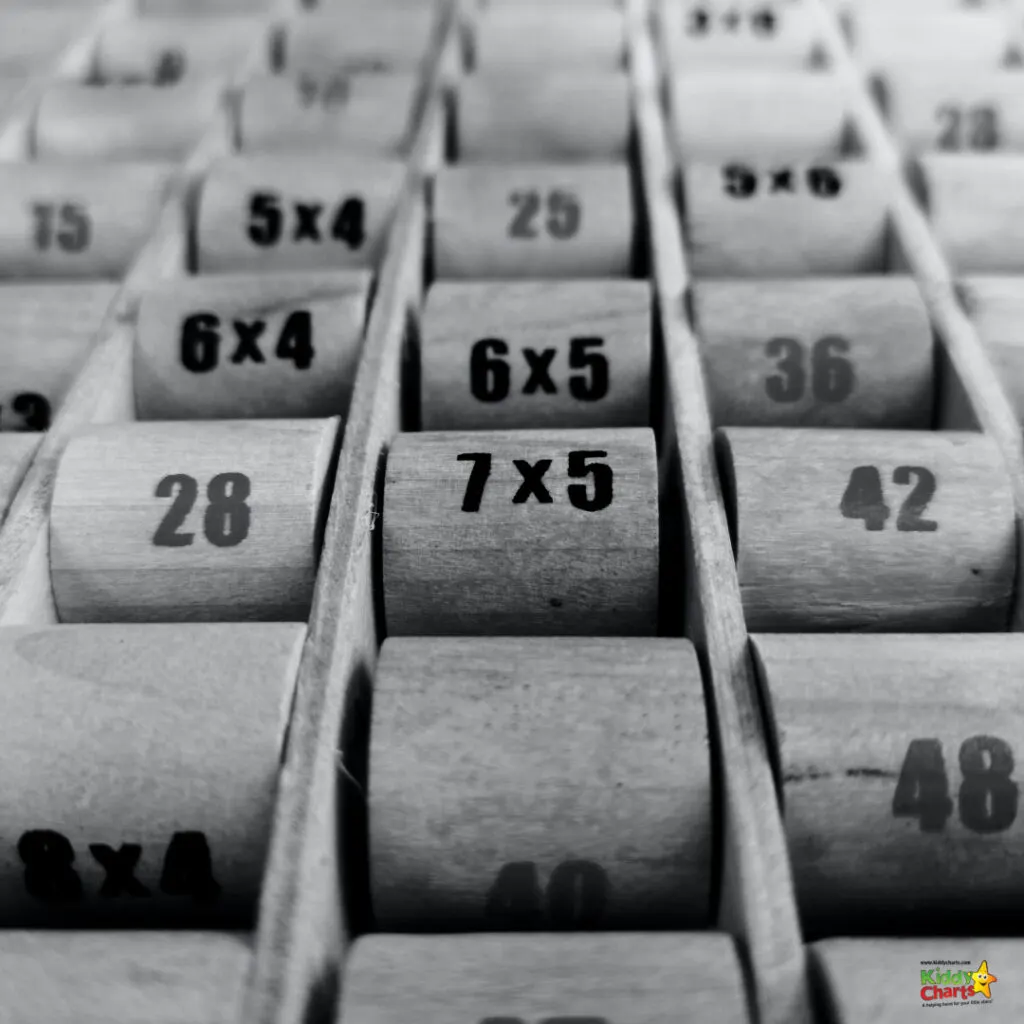
Visual learners might feel more comfortable with graphing, which turns equations into lines and curves. They can also learn to use grids to represent complex relationships in a clear and tangible fashion. This method helps kids see patterns and learn how to predict outcomes.
Lastly, keep an eye out for mental math – fostering quick calculations sharpens minds faster than a sword on sandpaper. It stimulates number sense and allows kids to juggle digits without help from calculators or even pieces of paper.
3. Make it fun
Bringing a dose of fun to math practice can genuinely change the way your child sees this discipline (now and in the future). The best part? It’s not difficult to make math fun!
For instance, you can use classic board games, like Monopoly and Settlers of Catan. These games are fun and get the entire family involved in the learning experience. Your kids will be so busy strategizing and bargaining over property deals that they won’t even realize they’re doing math.
You can also make the actual learning experience fun by using interesting props, such as fun math worksheets and cute-looking geometrical instruments. Why not try our Ladybird Maths?
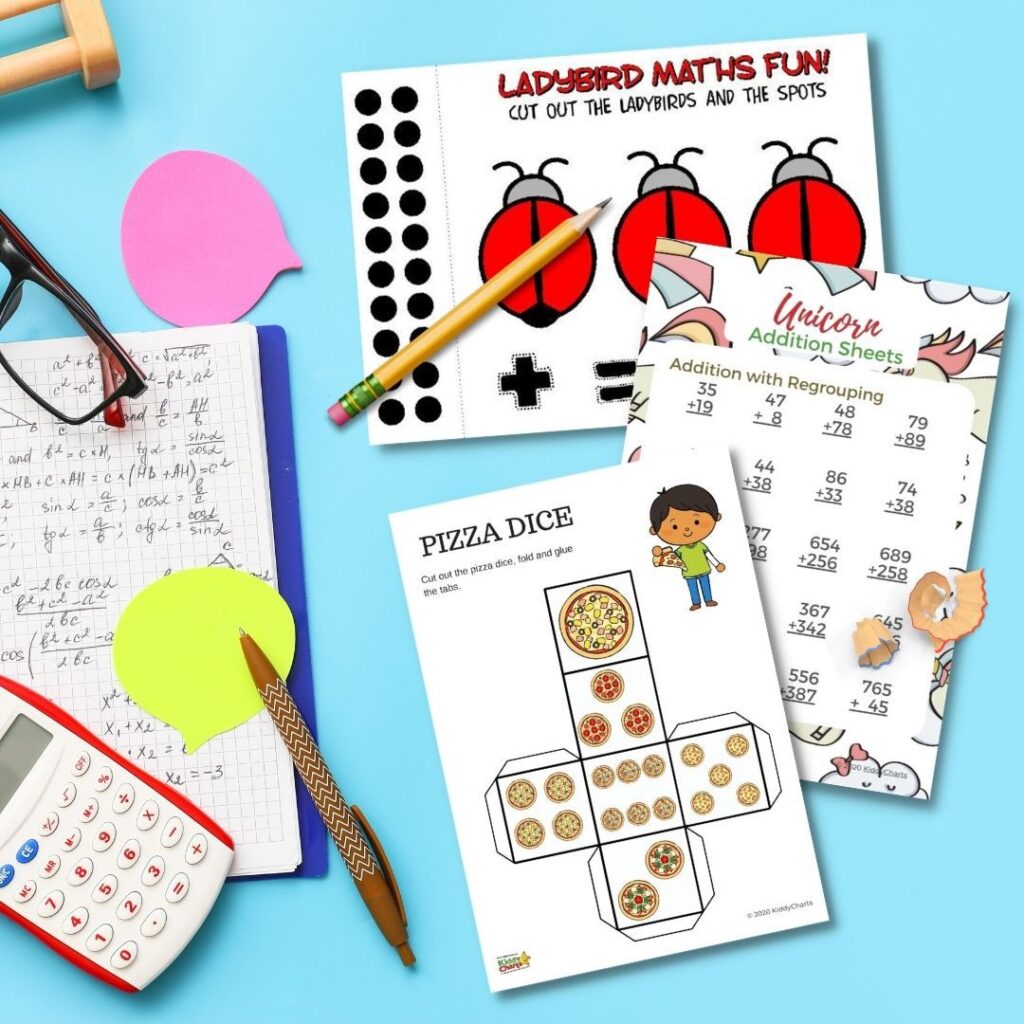
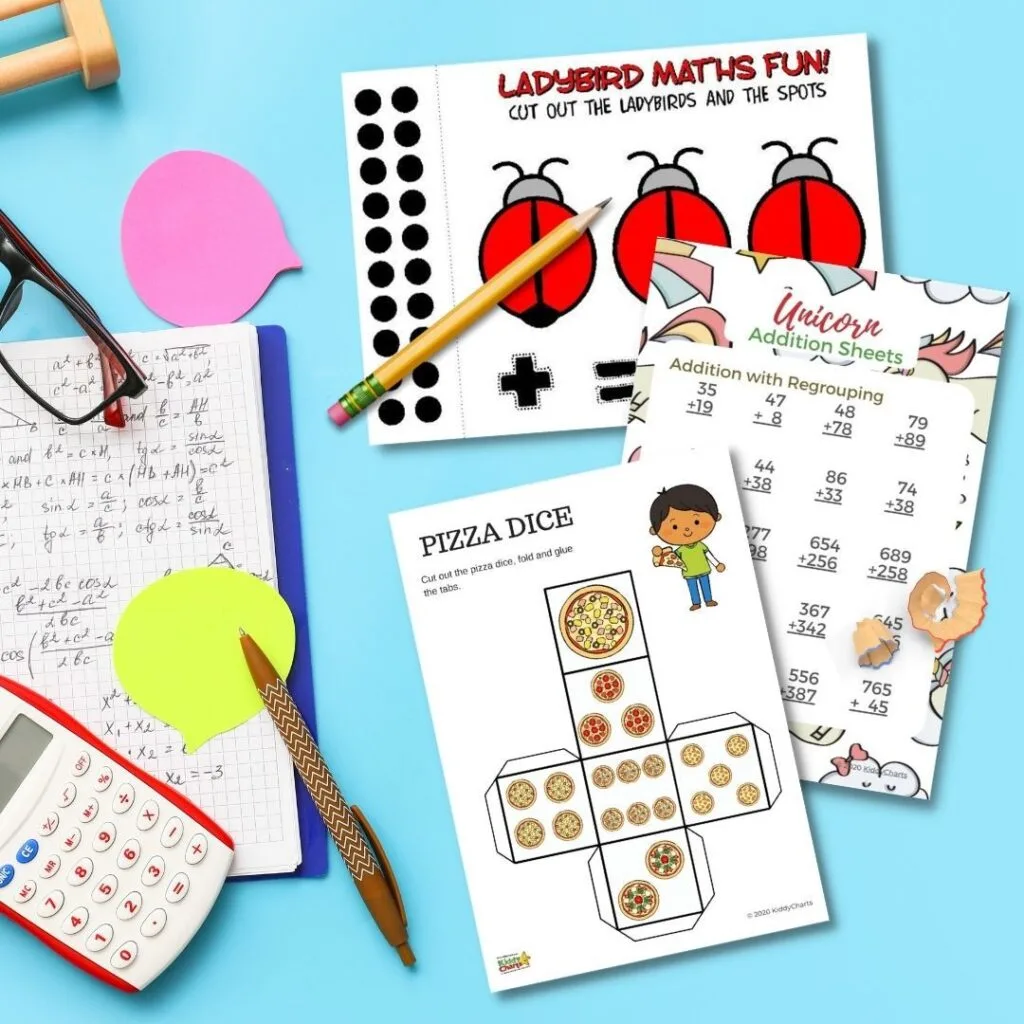
On the digital front, educational games turn math concepts into engaging experiences. Websites and apps such as Prodigy or DragonBox transform mathematical equations into interactive challenges that feel more like gaming than traditional studying.
Consider storytelling, too. Turn each math problem into a mini-adventure, starring numerals as characters on a quest. This narrative spin helps abstract concepts become more approachable and memorable.
4. Show them how to find the information
Parents, let’s face it: nobody knows everything. As much as we’d like to have all the answers, the truth is the education landscape has changed since you were in middle school or high school.
Methods and concepts evolve, and hey, we forget stuff. When stumped by a math problem that seems more complex than deciphering an ancient script, be upfront about it. Embrace not knowing, as it can be a fantastic opportunity to model problem-solving in real time.
Encourage your children to seek guidance from their teacher when possible. Teachers are there to illuminate the path of understanding—and they’re often just a question away from offering clarity and support.
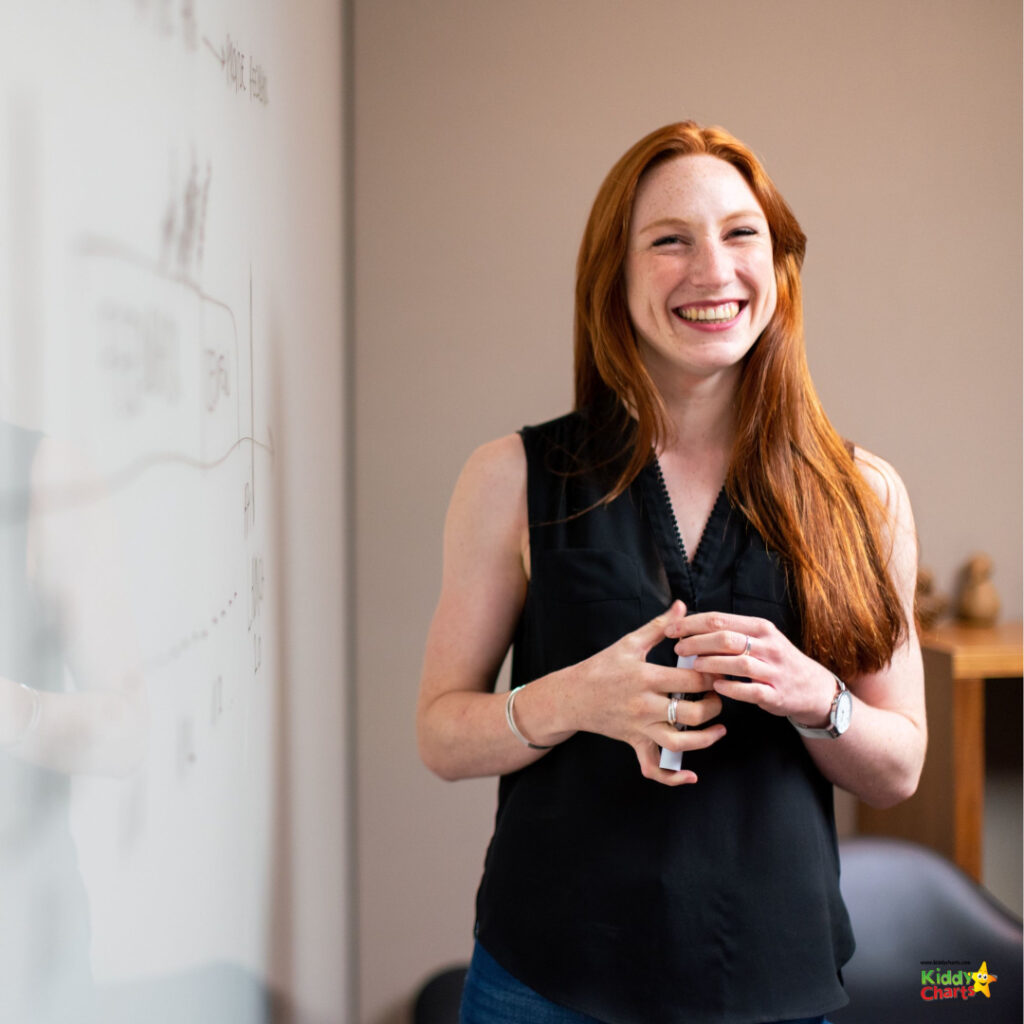

For information beyond the classroom walls, introduce them to reputable online resources. There are plenty of online platforms that provide clear explanations that unpack math concepts with ease. They can be your child’s round-the-clock tutors, and they only require curiosity and WiFi.
Consider supplementary math classes, too. Many of these are available virtually or through after-school programs designed to reinforce skills and deepen mathematical understanding. And don’t overlook the power of tangible materials! Stocking up your home with an arsenal of educational books or workbooks can turn spontaneous curiosity into self-led discovery sessions.
5. Combine math in middle school and money
It’s wise to plant the seeds of money management early, and what better way than through the lens of math? Unifying these two worlds can demystify currency crunching for your kids while instilling some essential economic principles.
Let’s start with chores. Paying your child for sweeping leaves or washing the car doesn’t just spark motivation. It’s also an ideal moment to chat about the difference between splurging and saving. Encourage them to set aside a portion of their earnings and talk to them about smart spending.


For those kids who receive a monthly allowance, sit down together and strategize. Show them how, by dividing up their funds, they can ensure they’re not left high and dry before the month has bid its farewell. It’s like rationing food on an expedition – only spend what you must to travel as far as you need.
By interlinking math with money matters, you’re not only teaching your young ones algebra but arming them with financial know-how that will pay dividends long after they’ve aced their exams.
Key Takeaway
Your involvement in your child’s academic journey can help them enjoy math in middle school, and appreciate its power. With the insights and strategies we’ve shared today, you’re well-equipped. So keep communicating, keep questioning, and above all, keep encouraging.
Mathematics is not just about numbers on a page – it’s a toolkit for solving some of life’s great puzzles. And your support is the secret ingredient that helps turn today’s homework into tomorrow’s success story.
If you are looking for other Maths ideas – do check these out:
Math activities
Here are some more fantastic Maths ideas from KiddyCharts that we know that your kids will love. Why not check them out now?
Addition worksheets for kids: Pizza game
A fabulous addition game, fun for kids with pizza, and dice - guaranteed to help them learn about addition with less effort than you might think!
Cool maths for kids: 5 top tips for everyday maths fun
Maths can be tedious for some children which is why we are sharing 5 tips for everyday maths fun.
100 square chart activities for Maths home learning
Use our 100 square chart activity for maths home learning!
Maths and other games on the site
Here are some more ideas for Maths and game play for the kids!
Here are some more from another site:
Maths related content from the web
Check out even more useful maths content from the web
Help your child with maths Mammaprada Blog
Top Tips for Helping Your Kids with Maths - Sims Life
Top Tips for Helping Your Kids with Maths - Mummy Vs Work
We’d love to have you on our newsletter, so do sign up here if you like our content:
Come on over again soon too,
Helen
